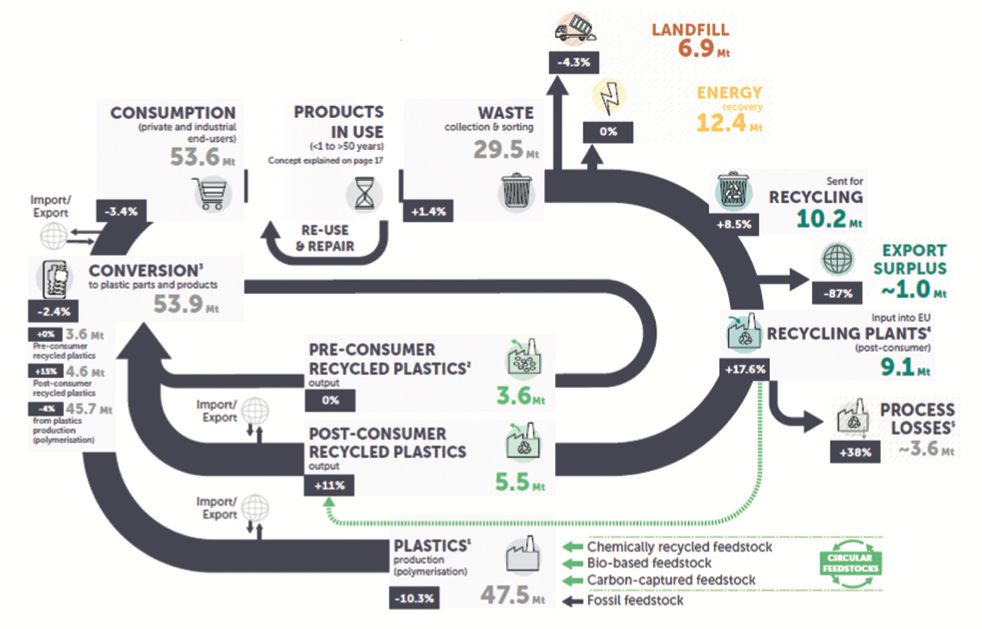This article examines the use of geosynthetics from different perspectives: the share of geosynthetics in the total use of plastics as well as the share in the waste stream in Europe and the Netherlands; the possible leaching of hazardous substances from the geosynthetics during the life time and EU regulations in this respect; the various methods of recycling geosynthetics after the life time; and whether microplastics could potentially be generated from geosynthetics.
Depending on the application it may be concluded that the use of geosynthetics reduces the carbon footprint with 32 – 89 % compared to the use of traditional civil engineering materials as concrete, steel and gravel. The savings in energy vary from 5 – 85 %, heavily influenced by the transport distance and the volume (and weight!) of the building materials.




